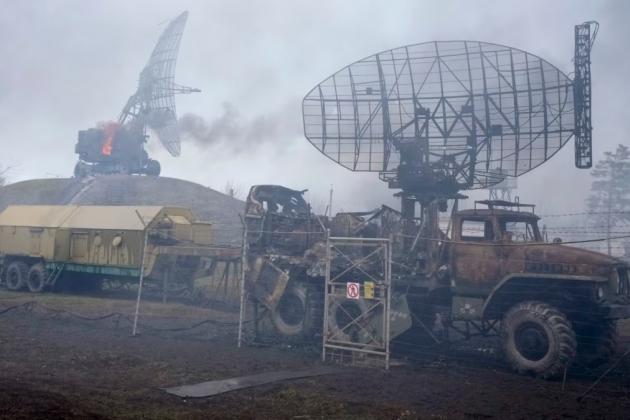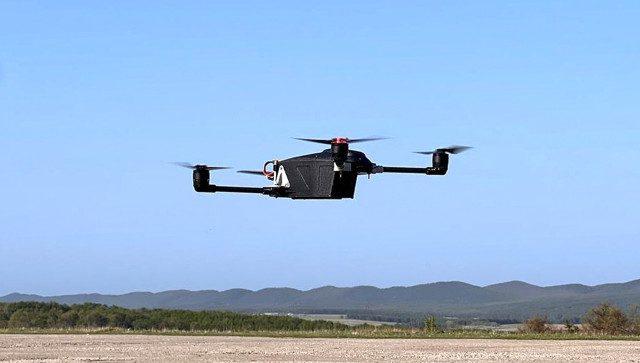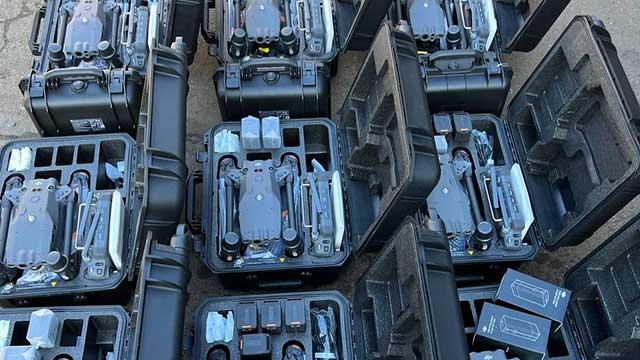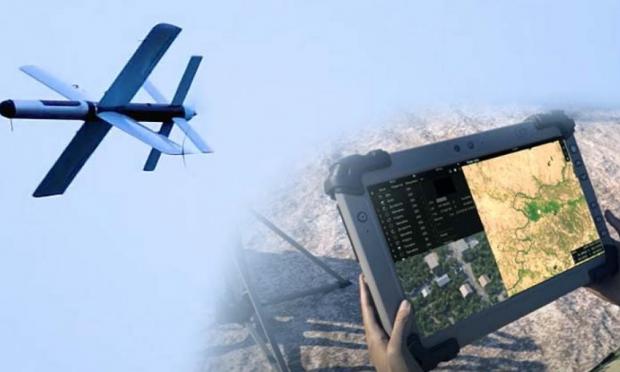The Russian military has successfully used combined strike tactics, which have made it possible to carry out targeted and effective strikes against targets in Ukraine. Departing from a massive missile attack strategy, the Russian military has launched a few cruise missiles in carefully controlled trajectories, minimising the possibility of interception.
Of the four Kh-101 and Kh-555 missiles fired in the Caspian region, three successfully penetrated the air defence system and reached their targets.
The Air Command of the Armed Forces of Ukraine confirmed the fact of the successful attack, noting that one of the missiles was destroyed, but the other three hit industrial facilities in the Dnepropetrovsk region.

The operation also involved over 20 Shaheed unmanned aerial vehicles used as kamikaze drones.
According to the Russian news agency TASS, Russia has created a new kamikaze drone with improved functions. It is a kamikaze drone with a reset system with a remote activation function. The drone is called Lutik-Kamikadze.
According to a source that TASS did not name, the drone can be used many times. "We used a little trick to make the drone reusable," the source told TASS. However, it remains to be seen whether this drone is kamikaze-type, as it does not appear to detonate itself when reused.
Most likely, it is a remote activation of the munitions the drone will drop. In this regard, according to TASS, the drone will be able to fire both the RPG-7 warhead and thermobaric munitions.

The idea behind such a device lies in the effectiveness of drones used in warfare. According to soldiers stationed in Ukraine, there are cases where a kamikaze drone hits an enemy platform, but does not detonate itself. Or there are other cases where the drone is caught by a safety net.
Like Ukraine, Russia also relies on voluntary donations and sponsorships to purchase FPV drones. These do not yet exist in the military budget of the Russian Federation. However, the war in Ukraine showed that, FPV drones are one of the most effective weapons to defeat enemy platforms. "The military personnel are trying to use the equipment as effectively as possible", the Shahalin Center for Unmanned Technologies said.

The Russian units located in Ukraine have already received the first supplies. A total of 10 drones were delivered. This means that, before departing for Ukraine, the drone passed state tests.
Late last year, Russia officially admitted that the drones produced in the country do not meet the tactical and technical requirements of the Ministry of Defense. The same applies to manufacturers, who cannot meet the Kremlin's requirements.
According to Colonel Ishuk, a senior official of the Russian Defense Ministry, the main problem, based on the results of the war with Ukraine, is the non-fulfillment of the evidence base. He said the Defense Ministry is currently being forced to simplify the design of Russian drones.

He also mentioned that Russia needs drones mainly (it does not have) with anti-jamming navigation receiver, adding that all these requirements should be affordable.
The Lutik-Kamikadze is a relatively light drone, as kamikaze drones should be. It can carry different payload weight. For example, if used for a distance of 5 km, the drone carries 800 grams of payload. But if the intended enemy target is at a distance of 3 km, then the payload carried by the drone is 2 kg.



